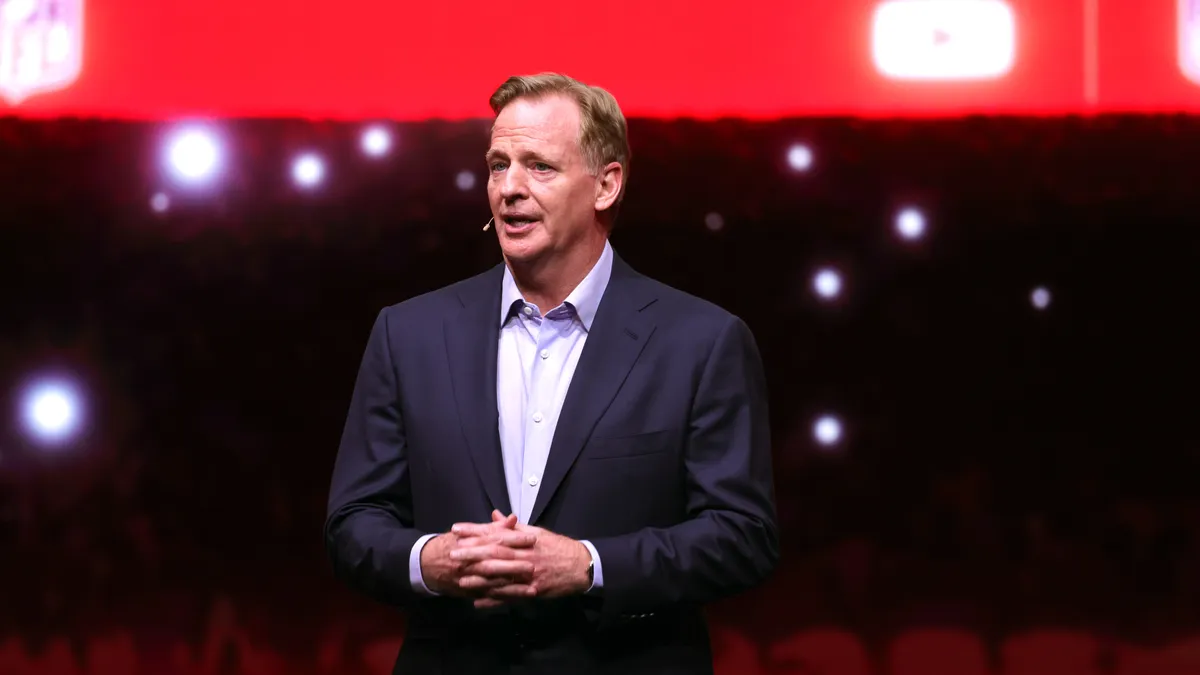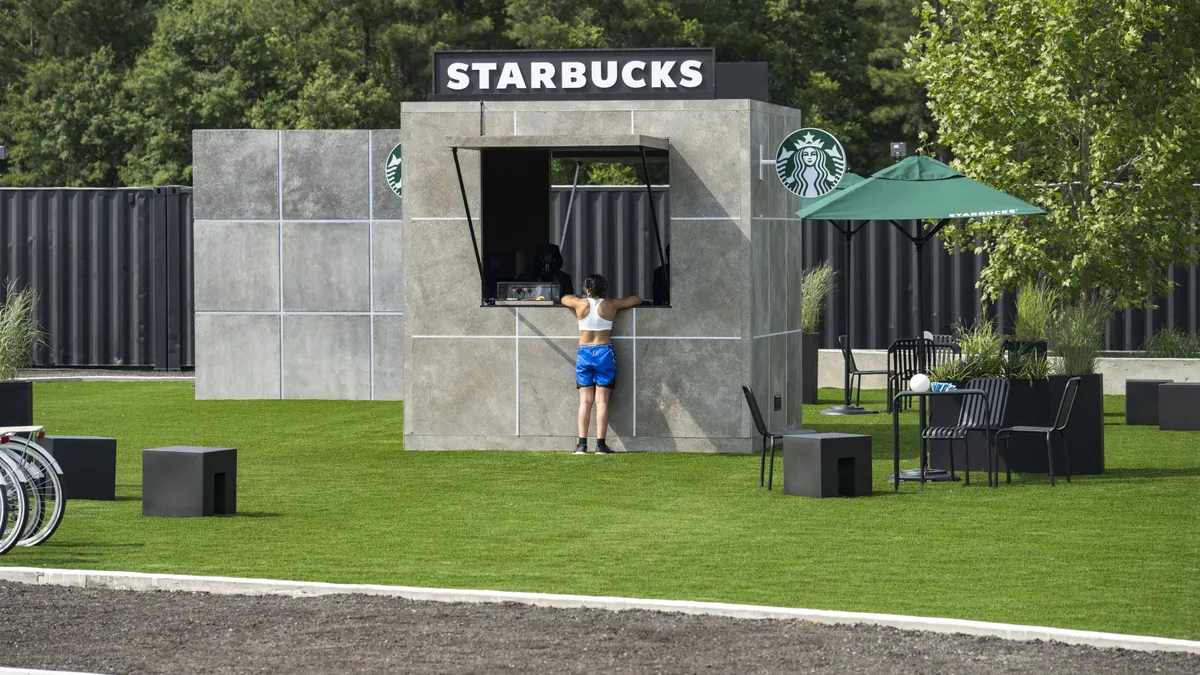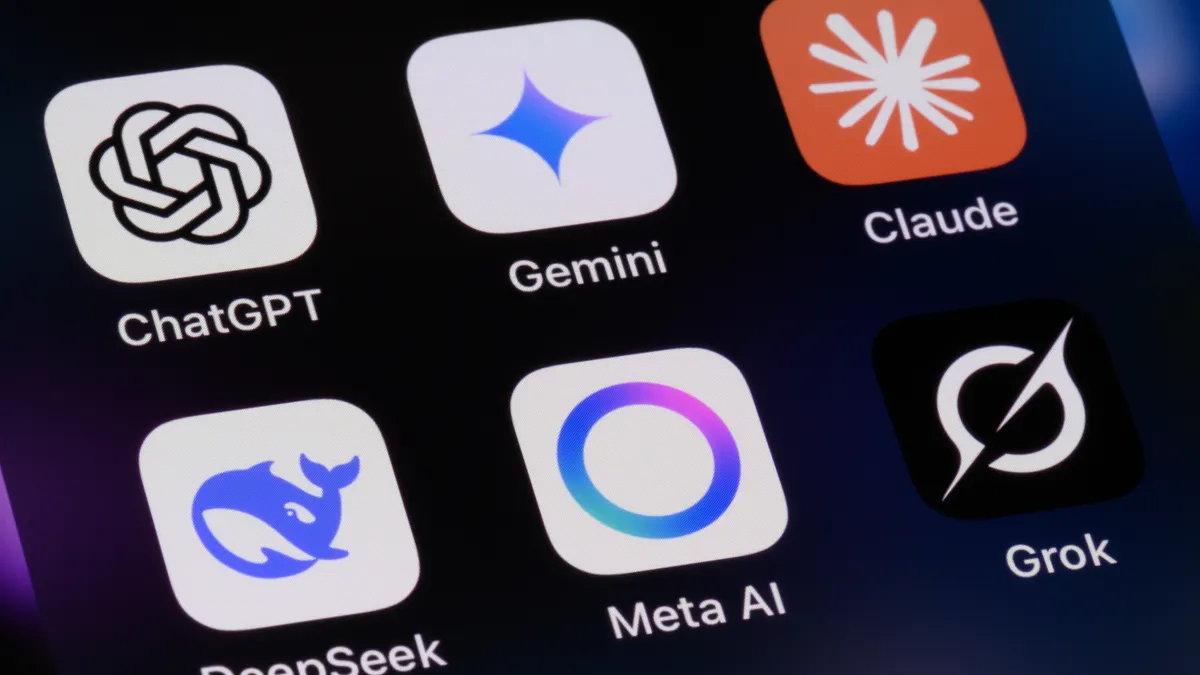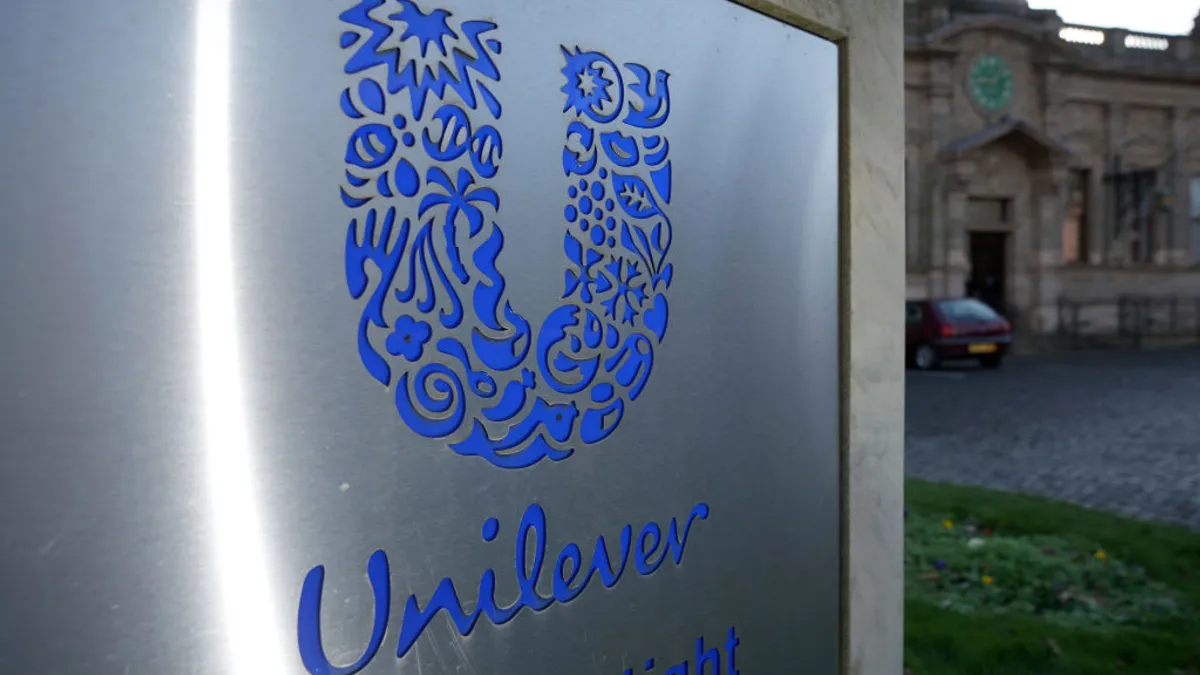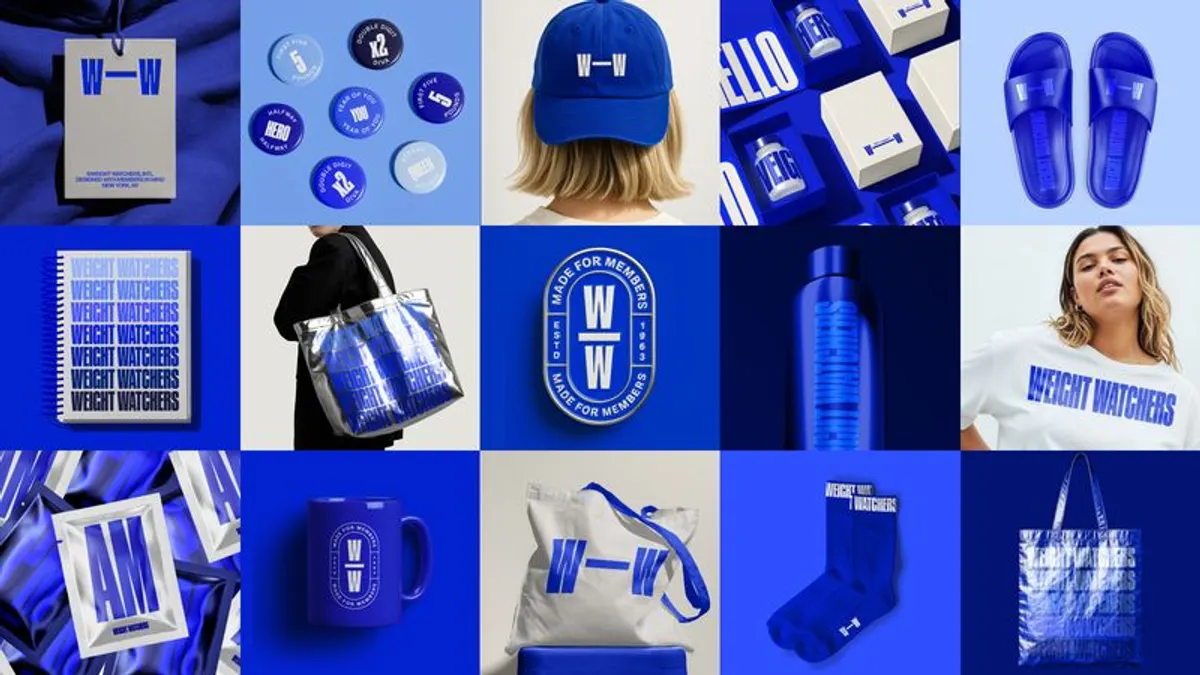NEW YORK — It was billed as a “MrBeast-sized giveaway,” but some in the audience might have recalled Oprah. During YouTube’s Brandcast, an annual pitch to brands and media buyers, the video platform announced that all advertising partners in attendance would receive a free subscription to NFL Sunday Ticket for a year as the program jumps to YouTube with the upcoming season.
The news sent a crowd packed into David Geffen Hall at Lincoln Center Wednesday night into raucous applause (NFL Sunday Ticket’s basic package costs $349 at retail). It was the type of grand gesture that shows how eager YouTube is to prove that it can make a serious impact in the sports arena, wedding popular creators like MrBeast, who has over 150 million subscribers, to primetime programming that only recently started to jump to streaming in earnest.
“No one — and I'm telling you no one — does sports better than YouTube,” said YouTube business chief Mary Ellen Coe in a potential shot across the bow at Amazon, which started carrying the NFL’s “Thursday Night Football” last season. “Thursday Night Football” was a central piece of Amazon’s presentation at the NewFronts earlier in May, which was hosted in the same venue as Brandcast.
“We give you access to all the content that fans love, with live and on-demand [programming] and across league partnerships with the NFL, the NBA and more,” Coe added. “And we're the number one sports destination for Gen Z fans.”
For the NFL, the generational piece of the equation is a major draw as the organization faces down cord-cutting trends and an aging audience on linear TV. Commissioner Roger Goodell took to the stage to trumpet how the NFL is diversifying its YouTube content after seeing a 27% year-over-year increase in watch time for league-related videos to reach 1.9 billion views.
The Sunday Ticket deal, which YouTube is reportedly paying about $2 billion for annually, includes a creator program that will give talent like MrBeast — who appeared in a pre-recorded video from a trip abroad in Paris — exclusive access to NFL events and athletes. At Brandcast, Coe teased a new program for YouTube Shorts, the platform’s TikTok lookalike, called “NFL Creator of the Week.”
“NFL Sunday Ticket is only the beginning,” said Goodell. “Creators from every content category, from fashion to food, are going to be a part of this, helping to bring new audiences into the world of the NFL.”
Media convergence
YouTube’s strategy around NFL Sunday Ticket is maybe the most high-profile example of how the lines between traditional media and creator-driven social content continue to blur on the platform. That convergence is apparent on the user consumption front as well as more young consumers tie their everyday habits to the internet.
“Fans used to engage with a like or subscribe, but now you can see a trend and easily jump in with your own video. Creating is now about participating in a cultural moment,” said YouTube’s new CEO Neal Mohan. The executive, who stepped into the role in February, cited Ipsos data from last May that found 79% of U.S. Gen Zers said they had posted video content online in the past year.
“Viewers — especially younger viewers — no longer make a distinction between the kind of content they’re watching,” Mohan added later.
One of YouTube’s fastest-growing formats is Shorts, which averages about 50 billion daily views and relies on user- and creator-driven virality in the same vein as TikTok. Another is its connected TV (CTV) offering in YouTube TV, which is among the most popular in the business, reaching about 150 million people in the U.S., according to Nielsen findings.
Shorts is still early days in monetization, and YouTube’s separate NewFronts show at the start of May promised richer advertising options for brands coming down the pike. YouTube detailed several new options arriving for CTV at Brandcast, which aligns with an upfronts season that historically has centered on linear TV deals but has gone increasingly digital in recent years.
YouTube is bringing 30-second non-skip ads to YouTube Select, which packages top content from various categories in a brand-safe way. YouTube Select now represents about 70% of impressions from YouTube on TV screens, according to Google’s President of Sales Sean Downey.
“We're making it easier for you to use your existing assets in front of YouTube's most-streamed content,” said Downey.
The executive also revealed a new Pause ads format for CTV that puts up a brand message when people take a break from video watching. An example shown during the presentation featured a QR code people could scan to learn more about the advertiser and redeem a discount while viewing an episode of “Hot Ones,” a popular interview show.
In search of a turnaround
The level of energy and enthusiasm at Brandcast, which closed with a live performance from Doja Cat, stands in contrast to YouTube’s recent business troubles. The company has grappled with a slowdown over the past year amid stiffer competition from newcomers like TikTok and weakening advertiser demand. YouTube revenue was down about 3% YoY in the first quarter to $6.69 billion.
Looking ahead, YouTube leaders championed the potential for AI, a fast-emerging sector where Google believes it has an advantage based on its sprawling technical know-how and scale. Executives noted that Google’s AI tools can help marketers assess their campaign goals and quickly scale and alter creative assets, resulting in potentially “endless iterations” of ads, per Downey. They positioned the potential for creators and regular users as similarly expansive, though without much to share on the product development front.
“Generative AI is at an inflection point. Simply put, AI will transform the way that we make videos,” said Mohan. “The possibilities extend beyond anything we could imagine today.”


